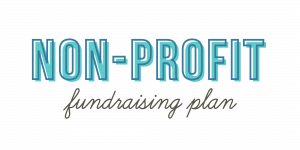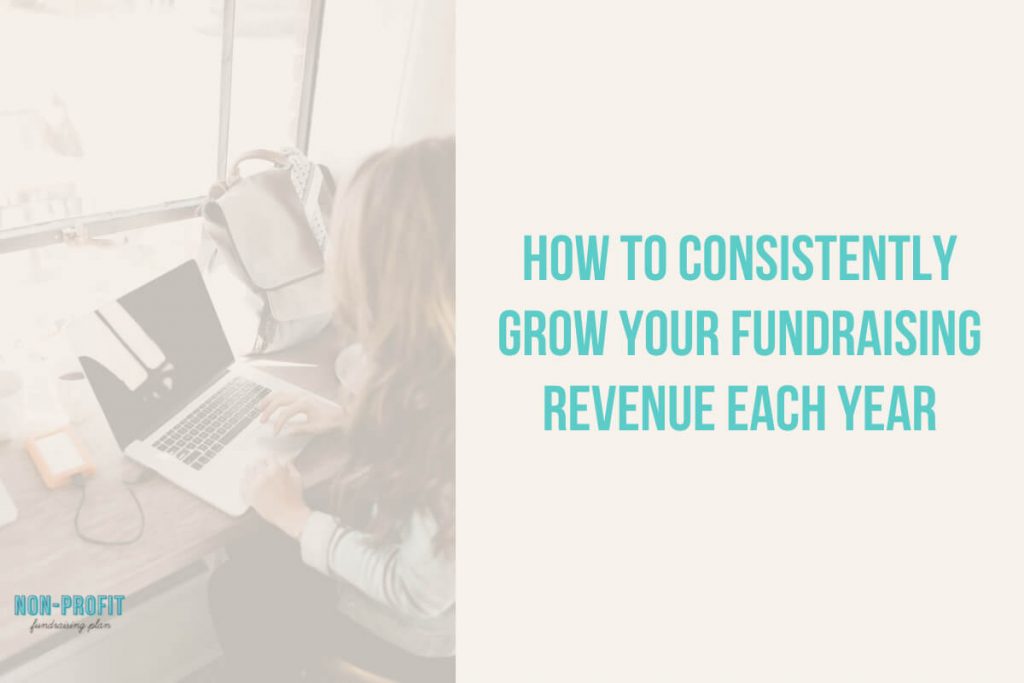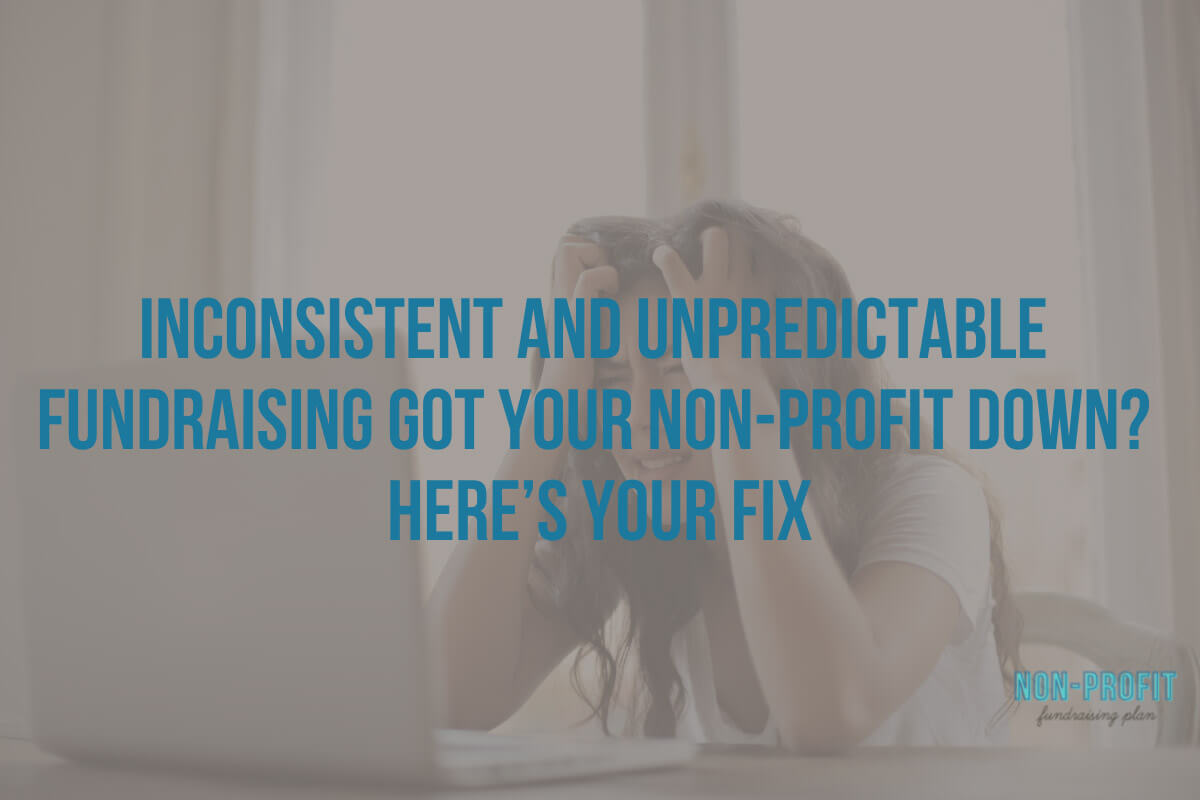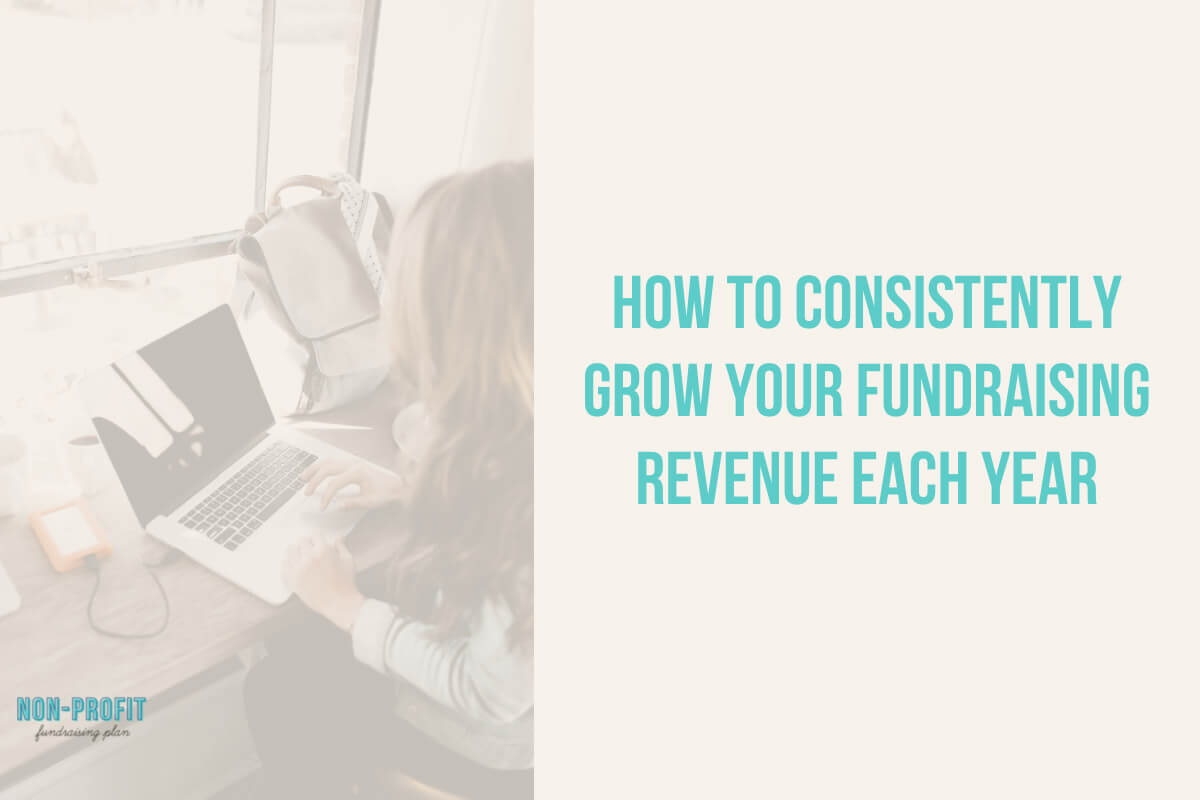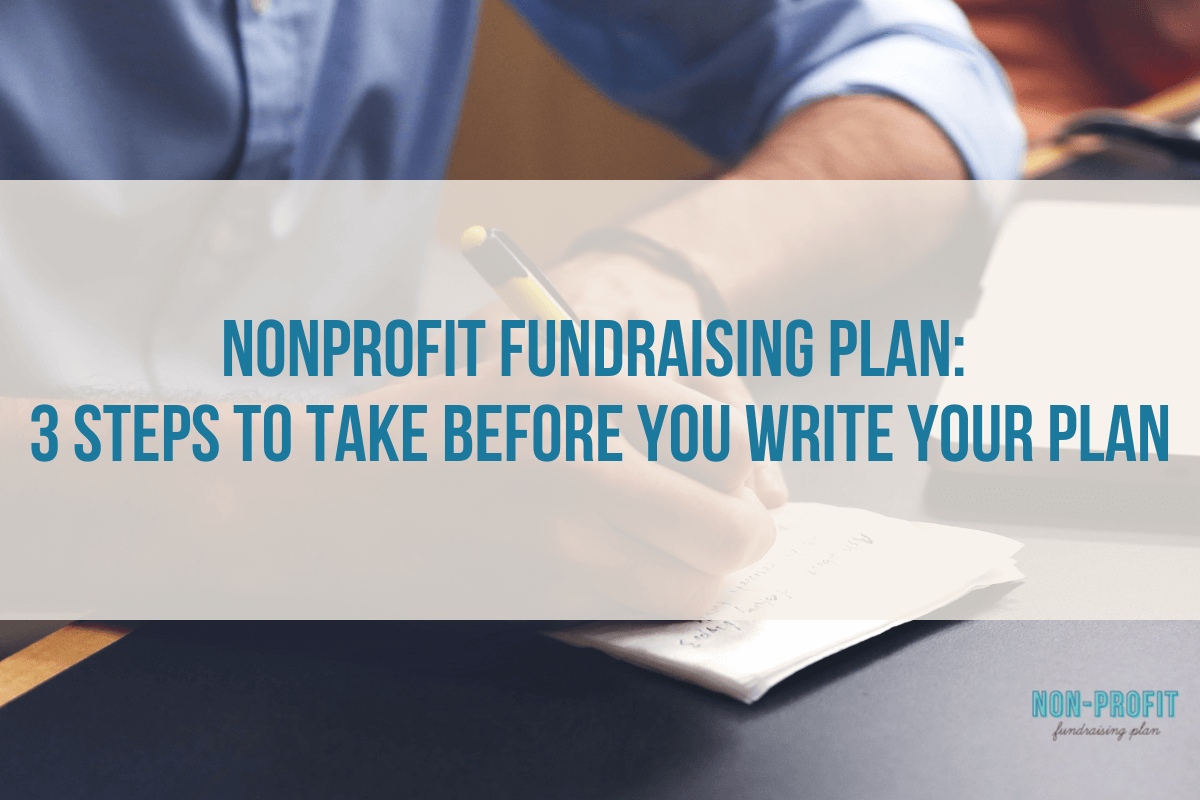Fundraising programs can have a lot of bells and whistles. A gazillion channels used to raise money, fancy corporate sponsors, and high profile board members that bring in the big bucks. Getting caught up in the idea of a massive institution’s fundraising program isn’t helpful for most small to medium sized non-profits. Instead, let’s talk about doable ways to consistently grow fundraising revenue each year.
Consistently growing fundraising revenue each year boils down to three levers:
● Optimizing what your existing audience gives
● Retaining more of your existing audience
● Growing your audience size
These three levers of fundraising growth are explained below along with numerous tips to help you take action.
Optimizing What Your Existing Audience Gives
Okay, fundraising friend. This is your fundraising low hanging fruit. Even if you only have 5 people donating to your non-profit right now, some of those people could give more.This is what it’s smart to build your fundraising strategy around optimizing what your existing audience gives first.
Let’s talk about some easy ways to optimize what donors give to your non-profit.
- Customize the ask to the donor – One of the best ways to optimize your donor’s giving is to customize the ask and the gift array for the donor. The ask might be a slight increase from their last donation and will be the middle option in the gift array.
- Test your gift array – Comb through your data to look at the mode gifts. This data will tell you something about trends in gift amounts that you can use to segment and test your gift array. In one client’s campaign we tested a gift array of $50, $100 and $125. $100 was their mode gift, however next to $125 we put a note that this gift level would fund something specific to encourage an upgrade. In this appeal, $125 was the mode gift.
- Ask more than once per year – There will be a certain portion of your donor base who will be interested in making more than one gift per year. Maybe some already are! Tap into this interest in your cause by making more than one formal ask per year.
- Ask more than one way in each campaign – Do you remember what was in your inbox last Tuesday? Probably not. You know you read some emails, but you probably don’t recall the specifics. Our memories and attention spans are short. People may read your appeal or email, think they should donate, but then forget. It pays (quite literally) to follow up with non-responders to a campaign.
- Ask repeat donors to become monthly donors – If you have a goal of developing consistent and predictable fundraising revenue, consider putting some resources into monthly giving. The conversion rate for this campaign will be lower than one-time gift campaigns, but that’s okay! Start with donors who have been giving for several years or who have made multiple gifts in a year.
- Ask existing monthly donors for an upgrade – One of the highest converting campaigns I run for clients is asking existing monthly donors for an upgrade. It might be $2 a month or maybe $10 a month. It all adds up and increases the value of your monthly donors. Plan an upgrade ask campaign each year.
- Develop an irresistible ask to increase participation – One of the most successful campaigns I’ve run in the last three years was a fundraising email that asked mid-level donors for $1,250. An odd amount and a big amount in an email, right? Nope! We had a match for the campaign so with the match it meant that the donor would be able to help 1 child. The specificity and tangible nature of the ask was extremely compelling. I also once made a kitschy ask of $20.18 to celebrate the beginning of 2018. Sometimes oddities work well in fundraising.
- Cultivate mid-level donors to see if they are major gift prospects – If you have donors giving between $500 to $2000 gifts, your task is to figure out if this is the top of their annual capacity, or if it’s the tip of the philanthropic iceberg.
- Get a matching gift for your campaign – Matching gifts are trendy these days and they are very compelling. It doesn’t have to be a six figure match, either. I’ve run campaigns with a match of $5,000. Start small. See how your donors respond and compare the response to other campaigns.
- Step up your copywriting skills – There are lots of data-informed ways to optimize your fundraising revenue (see points 1 to 9). Copywriting is the other (very big) way you can improve the performance of your fundraising appeals. Learn the basics of great direct response fundraising copywriting, get a mentor and get feedback, and keep honing your craft.
Retaining More of Your Existing Audience
Donor retention is always a big topic in the fundraising industry. There are massive benefits to retaining more of your existing donors including increasing the lifetime value of the donor and decreased acquisition costs.
There are many schools of thought on exactly how to retain your donors. From a tactics perspective, I like to keep it simple. You need to keep in touch (see point 1 below). I also consider data and strategies for winning back lapsed donors.
- Keep in touch – The foundation of donor relations is communication. This is all of the things you do in between asks to inform, cultivate and steward donors. You need a consistent frequency and solid content to build those relationships over time. And you don’t need to keep in touch everywhere. Strategically pick one or two channels that donors are most used to receiving communications and develop those first.
- Aim to have multiple points of contact for donors – Think email address, mailing address, and phone number. Someone may unsubscribe from an email list, but you’ll still have other ways to get in touch. Also, multiple points of contact make multi-channel fundraising a bigger possibility for campaigns.
- Run retargeting ads to lapsed donors – Your lapsed donors are considered a warm audience. You can upload those files to Facebook Ads Manager to create a custom audience for retargeting ads.
Tips to Grow Your Audience Size
I won’t sugar coat it. Audience acquisition is expensive and takes time. That’s why you’ll be better off starting with optimizing what your existing audience gives first. But at some point your organization may be interested in expanding its influence, revenue, etc and part of that strategy includes audience and donor acquisition. Below are six kick-start strategies for growing your audience.
- Acquisition direct mail drops – It might seem old school but it works, albeit at lower response rates than your house data file will. Still, this can be a way to connect with new audiences, introduce them to your cause and acquire them as donors.
- Use your Google Ads Grant to build a warm audience – Google gives non-profits up to $10,000 per month to spend on Google Ads. Yes, you read that right! So spend some of Google’s money building a warm audience for your non-profit.
- Run Google Inbox Ads – These ads aren’t covered by your Google Ads grant. Personally, I think these are a secret weapon for fundraising. Google Inbox Ads are the ads that show up at the top of a GMail inbox or in the sidebar. What’s especially interesting about them is that you can target URLs in peoples’ inboxes. So many possibilities!
- Create a look-alike audience in Facebook Ads based on your email list – Your email list is considered warm leads and feeding this data back to Facebook may help you identify more people who are like those people.
- Create a look-alike audience in Facebook Ads based on your website pixel – People who are landing on your site are there for a reason. Using the power of the Facebook pixel, Facebook can help you create a look-alike audience based on
- Peer to peer campaigns – Your existing donors are your social proof that people love your non-profit. Invite them to participate in peer to peer campaigns to leverage their networks.
- Chaperoned email swaps – In the 501c3 world email swaps are less common than in the advocacy space. Essentially you and another non-profit decided to send emails on behalf of each other to your respective email lists. Usually they aren’t fundraising emails, but they do have the goal of helping each organization build their email list. Sometimes they may be a petition, information about an event, or some other opt-in.
Audience and donor acquisition for non-profits can be a slow process. Think of it as a long game and each tactic you try as an experiment. Be clear about what you want to get from that individual experiment, what the KPIs are, and your hypothesis. I personally use a spreadsheet to track this information for acquisition experiments.
